6 Step Tutorial! How to Bathe a Cat

Bathing a cat is one of those tasks that many cat owners dread. Cats are notoriously averse to water, and the thought of bathing them can be a challenge for both the pet and the owner.
However, there are times when it’s necessary to give your feline friend a bath. Whether it's because of a skin condition, flea treatment, or just a dirty coat, bathing a cat doesn't have to be a stressful experience.
With the right approach, preparation, and patience, you can give your cat a bath without causing too much anxiety.
In this guide, we’ll cover everything you need to know to bathe a cat, including the necessary preparation, tips to reduce stress, and alternative options for cleaning your cat without using water.
Why Do Cats Need a Bath?
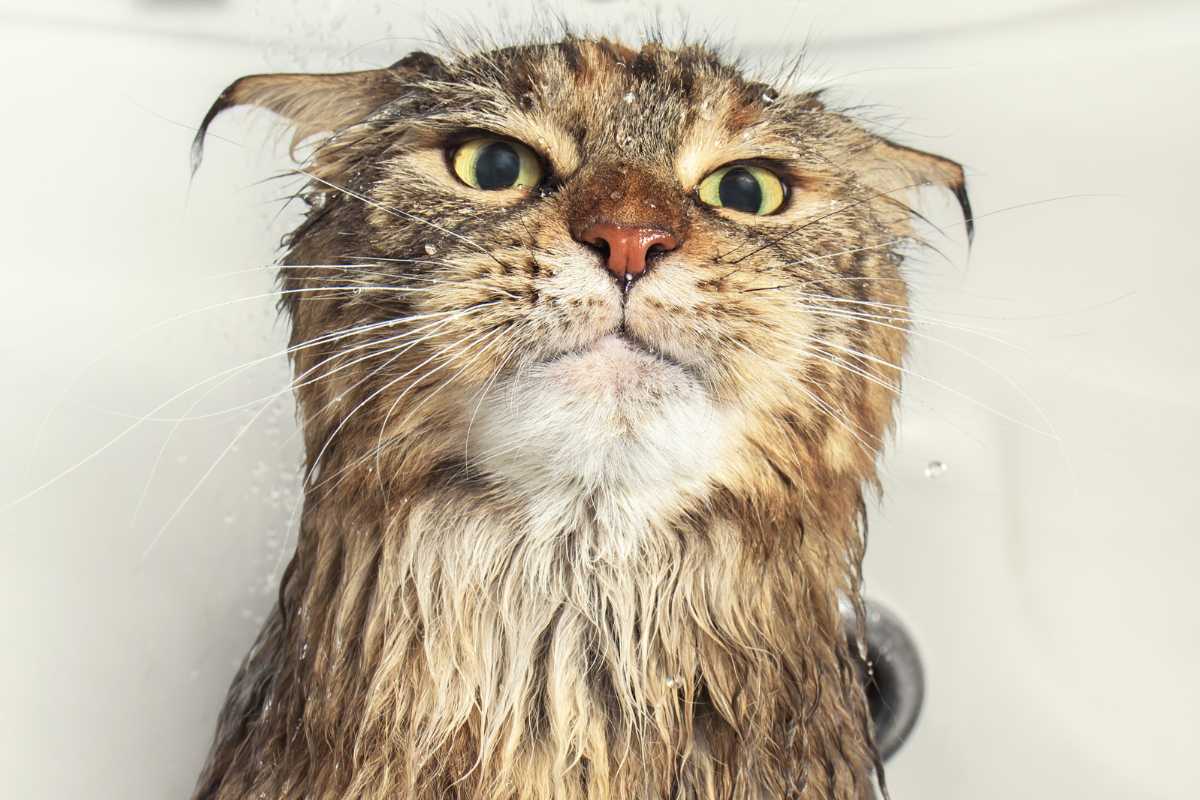
Cats are excellent groomers and typically do not need frequent baths. However, there are certain situations where a bath becomes necessary. Here are a few common reasons you might need to bathe your cat:
Fleas: If your cat has a flea infestation, a bath can help wash off the fleas and any flea medication.
Skin conditions: Cats with certain skin conditions, such as allergies or infections, may require medicated baths.
Dirty coat: If your cat gets into something messy or sticky, a bath might be the best way to get them clean.
De-shedding: Cats that shed excessively may benefit from a bath to remove loose hair and dander.
Preparing Your Cat for a Bath
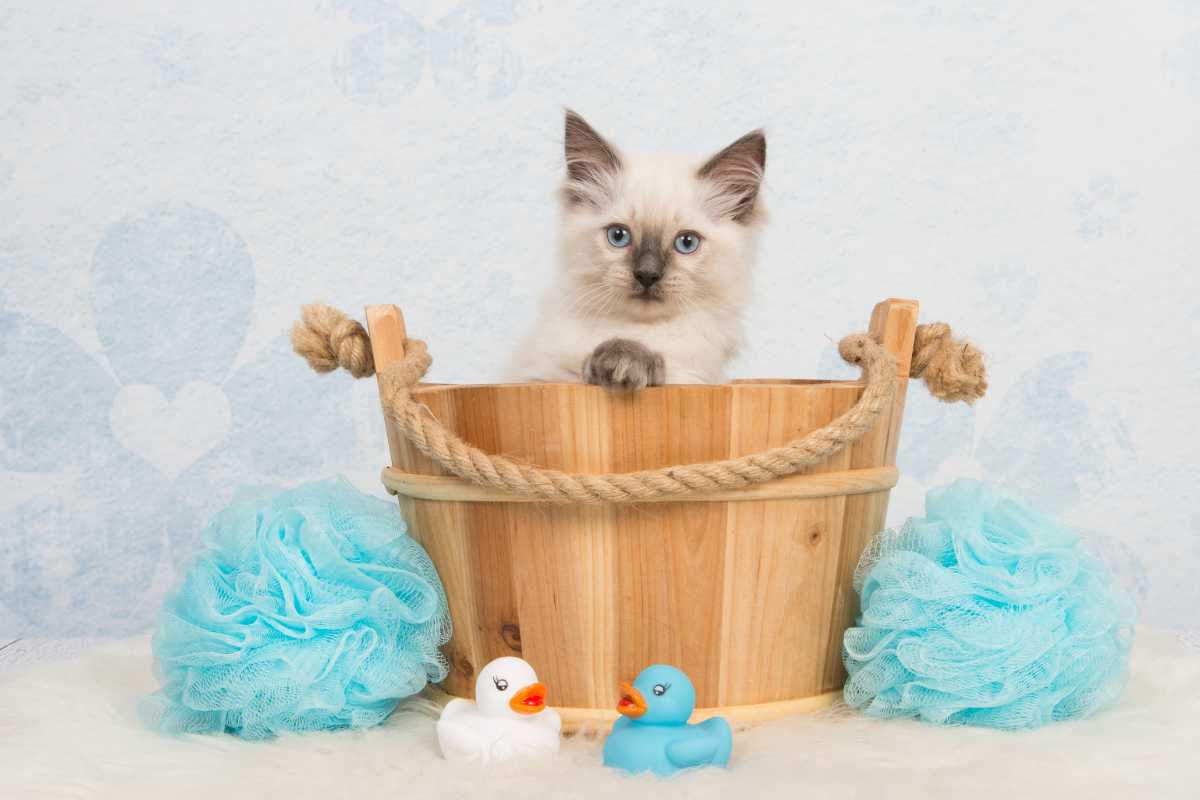
Before you even turn on the water, it’s crucial to get your cat ready for the bath. Proper preparation is key to a stress-free experience for both you and your cat. Here’s how to prepare:
Get the Right Supplies
Having everything ready before you start will help make the process smoother and less stressful for your cat. Here are the essentials:
Cat-friendly shampoo: Never use human shampoo on your cat, as it can be too harsh for their skin. Use a gentle, cat-specific shampoo.
Towels: Have a couple of towels ready to dry your cat after the bath.
A cup or gentle spray nozzle: To rinse your cat without causing too much splashing.
A non-slip mat: This will help your cat feel secure while in the bathtub or sink.
Acclimate Your Cat to the Water
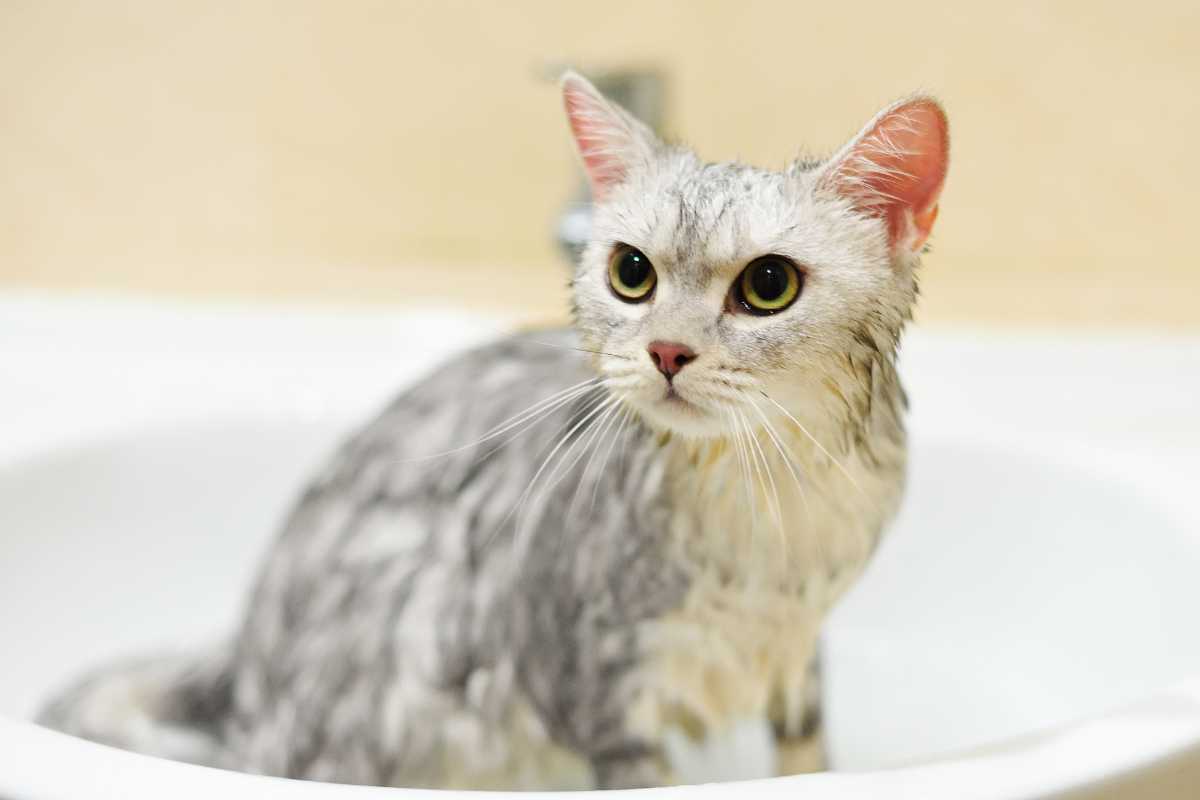
Many cats have a natural fear of water, so it’s important to acclimate them to the idea gradually. Here’s how you can do it:
Practice with water: Start by gently wetting your cat’s paws with a damp cloth or letting them dip their paws in a shallow bowl of water. This helps them get used to the sensation of water without being overwhelmed.
Desensitize with treats: Give your cat a treat or praise whenever they come near the water. This creates a positive association with the bathing experience.
Keep Calm and Relaxed
Cats can sense your emotions, so if you're feeling stressed, they will pick up on it. Stay calm and speak to your cat in a soothing voice. This will help reassure them that everything is okay.
Step-by-Step Guide to Bathing Your Cat
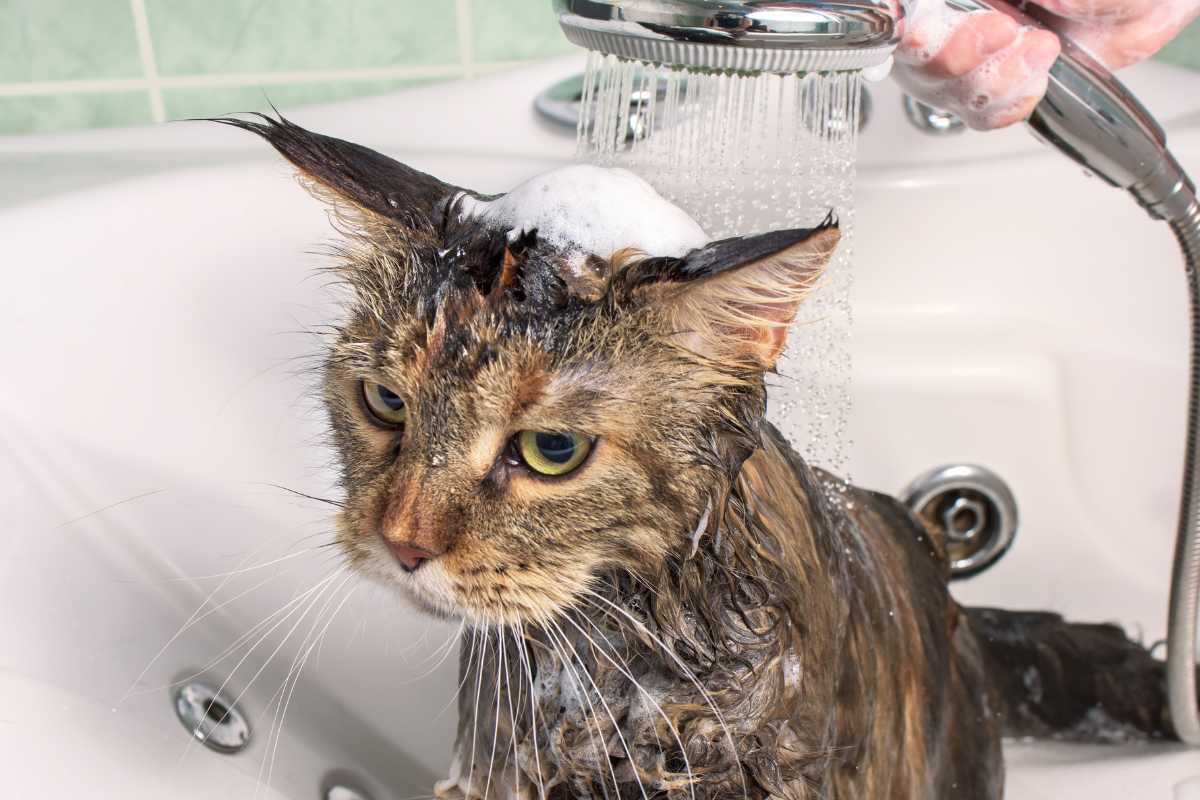
Once your cat is prepared and comfortable, it's time to start the bath. Here’s how to do it step by step:
1. Fill the Tub or Sink
Start by filling the tub or sink with lukewarm water. Make sure the water is not too hot or cold, as extreme temperatures can cause stress or discomfort.
Aim for a few inches of water, just enough to wet your cat’s fur without submerging them completely.
2. Gently Place Your Cat in the Water
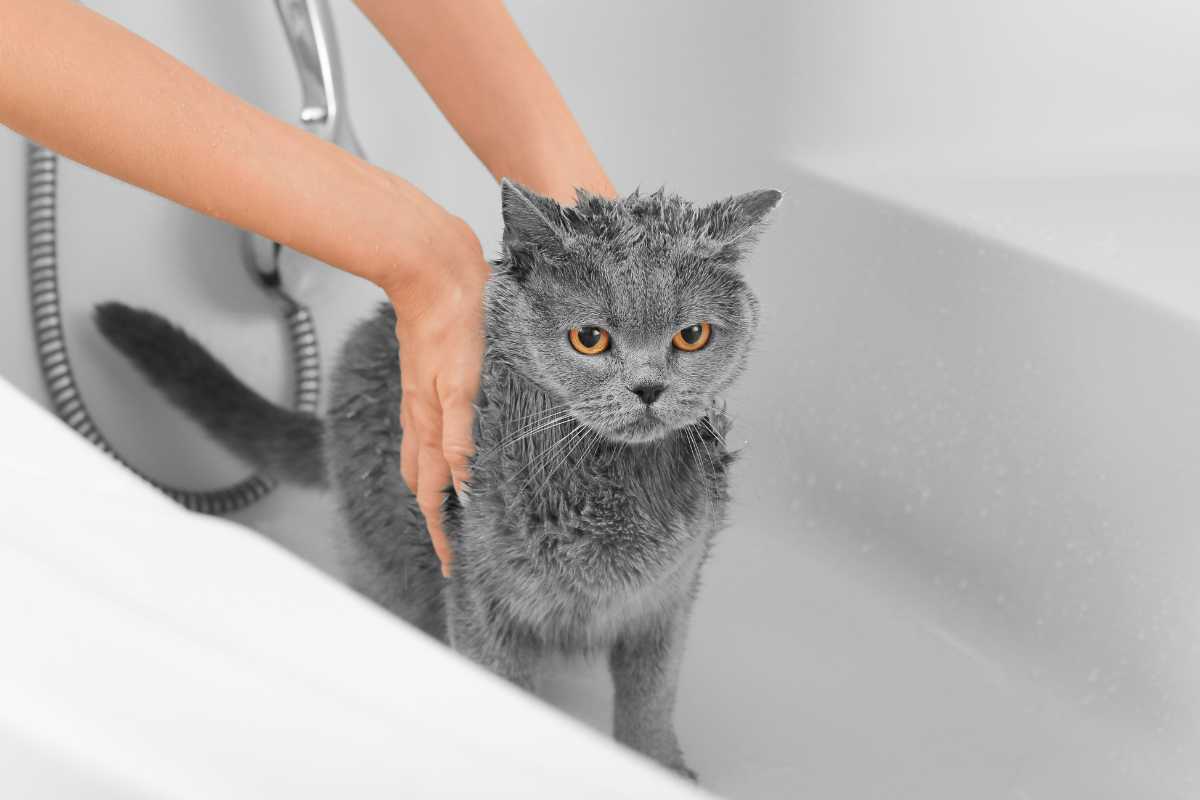
Carefully lift your cat and gently place them into the water. Hold them securely to avoid any sudden movements. If your cat is particularly nervous, consider using a non-slip mat to help them feel more stable.
3. Wet Your Cat’s Coat Slowly
Using a cup or a gentle spray nozzle, slowly pour water over your cat’s back. Start from the neck and work your way down their body. Be sure to avoid their head and face at this stage to prevent overwhelming them.
4. Apply Shampoo
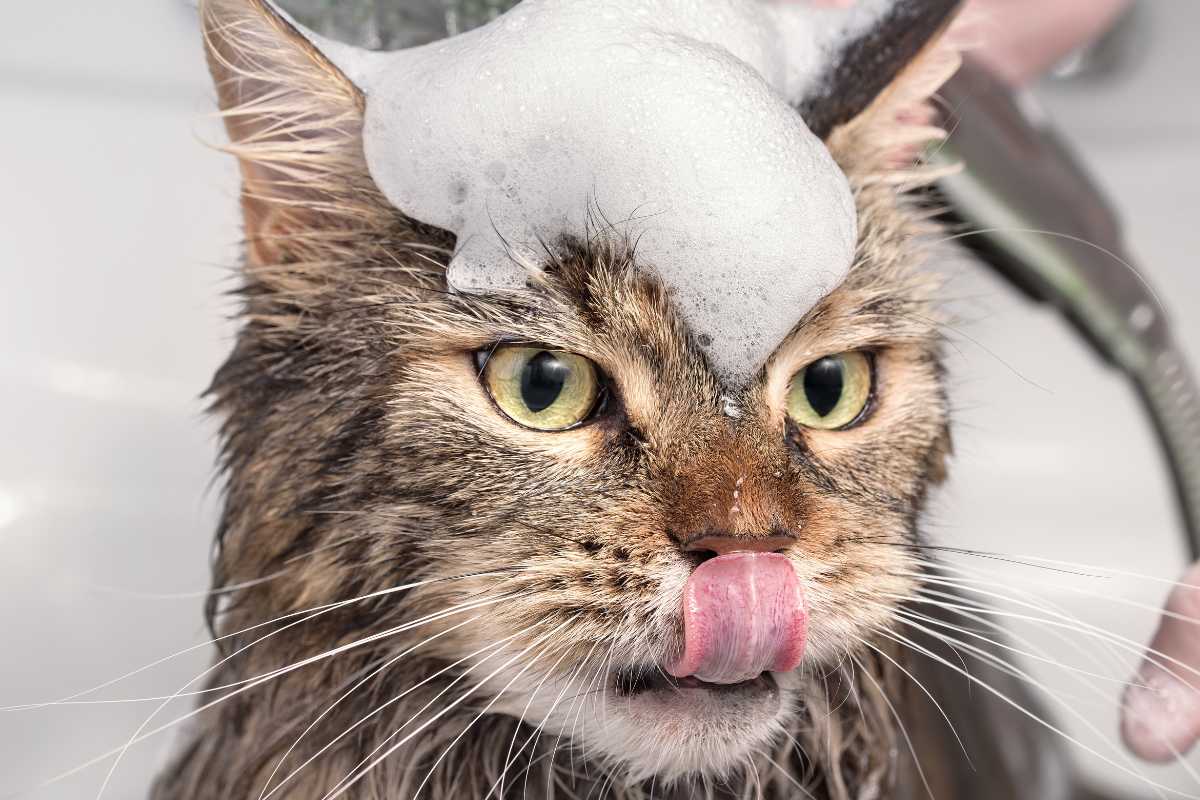
Once your cat is wet, it’s time to apply the shampoo. Use a small amount of cat-friendly shampoo and lather it gently into your cat’s fur.
Be sure to avoid their eyes, ears, and face. If your cat has a sensitive skin condition, use a medicated shampoo as prescribed by your vet.
5. Rinse Thoroughly
Rinse your cat's fur thoroughly with lukewarm water. Make sure all the shampoo is washed out to avoid irritation. Take your time, as rushing the process may cause discomfort or stress for your cat.
6. Dry Your Cat
Once the bath is complete, wrap your cat in a towel to absorb the excess water. Gently rub them down to dry their fur.
If your cat tolerates it, you can use a hairdryer on the lowest, coolest setting to dry their fur further, but be sure to keep the dryer at a safe distance.
Alternatives to Bathing Your Cat
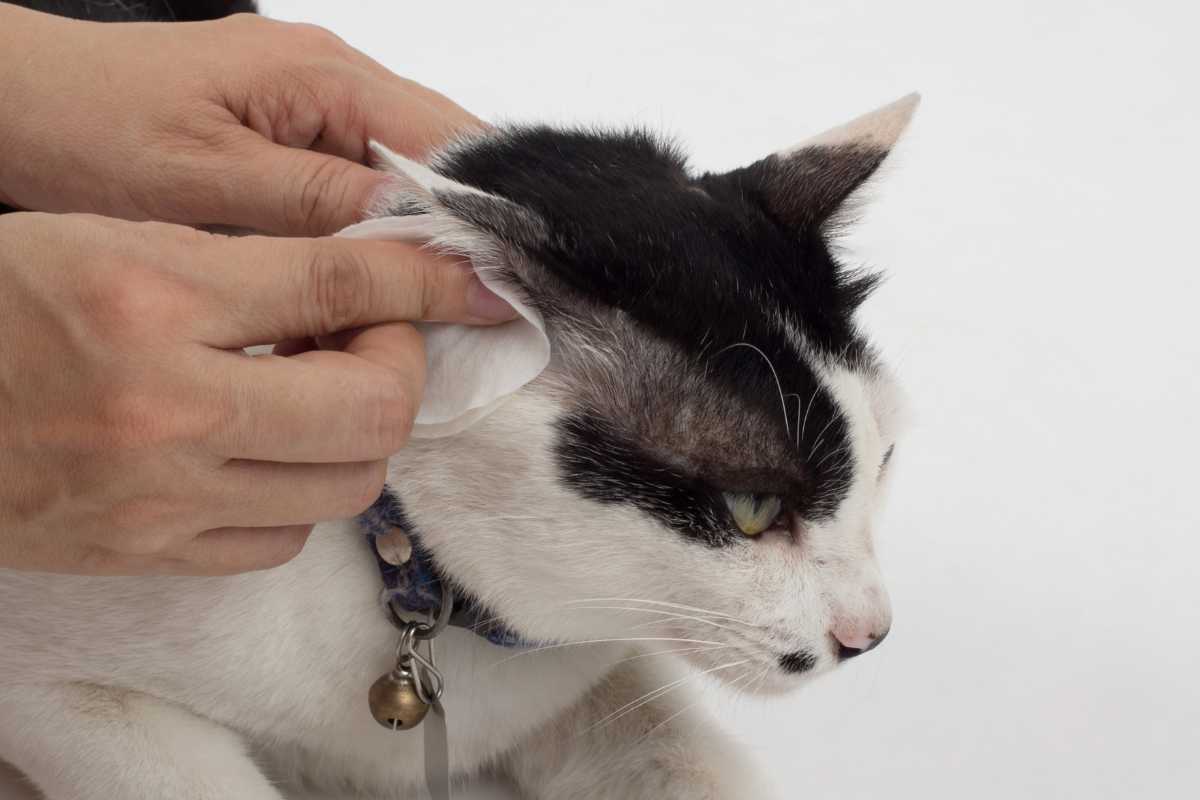
If your cat is particularly water-averse, you can consider alternatives to a full bath:
Dry Shampoo for Cats
Dry shampoo is a great option for cleaning your cat without water. These products come in powder or foam form and can help freshen up your cat's coat. Simply apply the dry shampoo and massage it into their fur, then brush it out.
Cat Wipes
Pre-moistened cat wipes are another excellent alternative. They are gentle on your cat’s skin and can be used for quick cleanups. Wipe down your cat’s coat, focusing on areas that may be dirty or sticky.
Professional Grooming
If you find it too difficult to bathe your cat at home, consider taking them to a professional groomer. Many groomers are experienced with cats and can bathe them in a way that minimizes stress.
Tips for Stress-Free Bathing
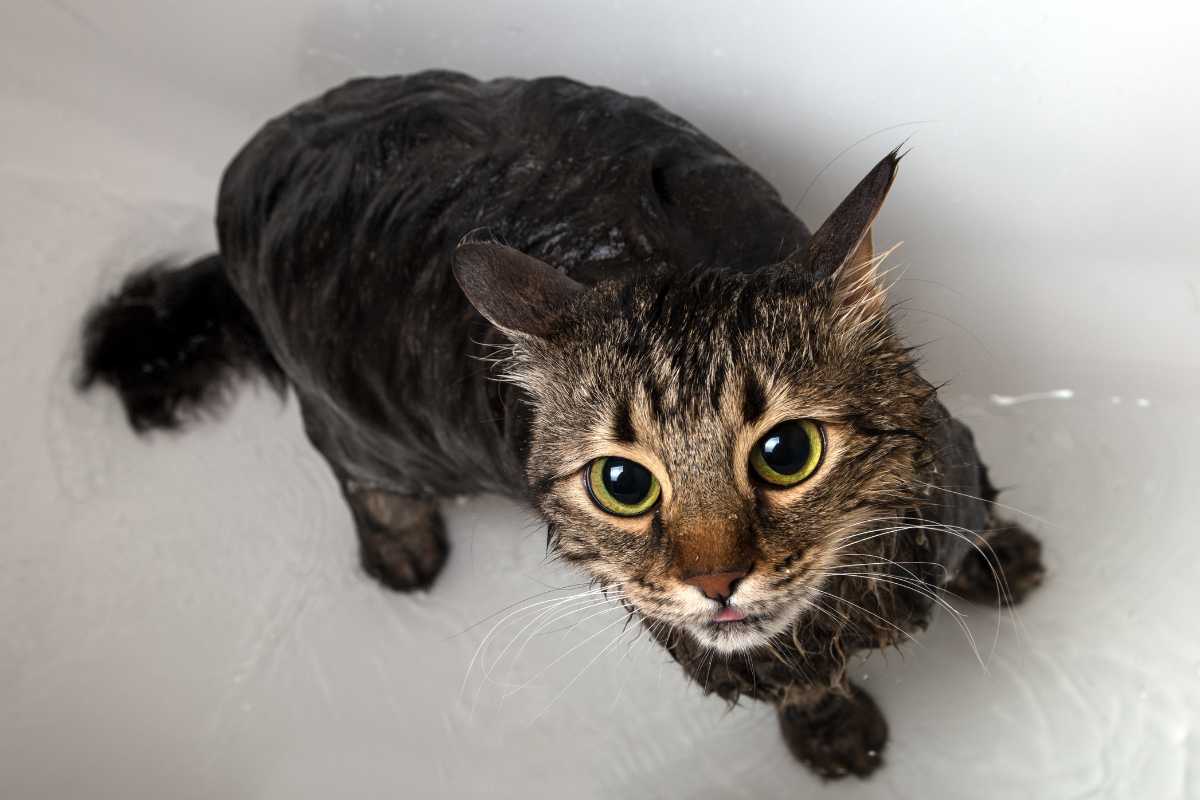
Bathing a cat doesn’t have to be a traumatic experience. Here are some tips to make the process as stress-free as possible:
Use a calm, soothing voice: Talk to your cat gently throughout the process to help them stay calm.
Go slowly: Avoid rushing the bath. Take your time to ensure that your cat feels safe and comfortable.
Reward your cat: After the bath, offer your cat treats, playtime, or extra attention to reinforce positive behavior and make the experience more enjoyable.
When to Seek Veterinary Help
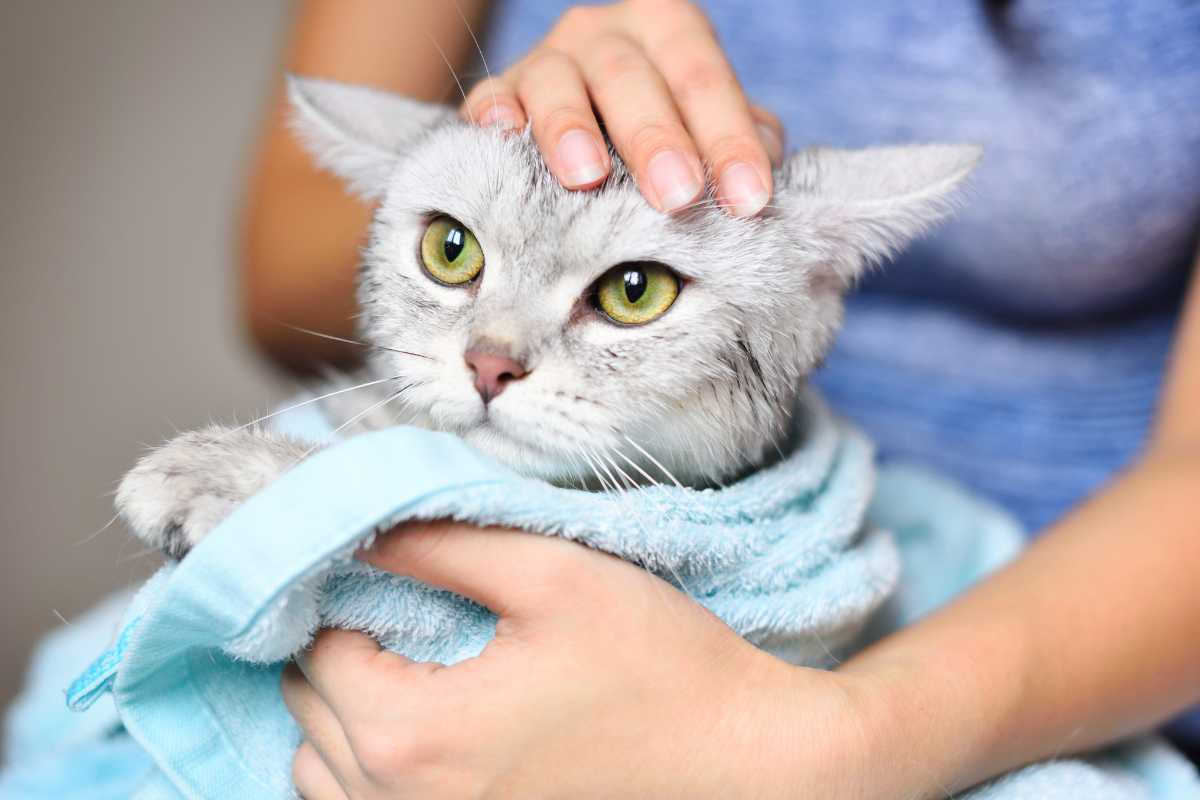
While most cats can tolerate a bath when needed, there are some instances when it’s best to consult a veterinarian.
If your cat has a skin condition that requires medicated baths, or if they experience severe anxiety or stress during the bath, it's important to get professional advice.
Conclusion: Making Bath Time a Positive Experience

Bathing a cat doesn’t have to be stressful. By following the right steps, preparing your cat beforehand, and using gentle products, you can make bath time a much more pleasant experience for both you and your feline friend.
Remember, every cat is different, and some may need more time to adjust than others. Be patient and calm, and soon enough, your cat will feel more comfortable with the process.
If you're unsure about bathing your cat or if your cat becomes extremely stressed, always consult with your veterinarian for the best course of action.
Enjoy This Video About Cats

Source: The Cat Butler
Did you find this post useful or inspiring? Save THIS PIN to your Pets Board on Pinterest!


You may also like